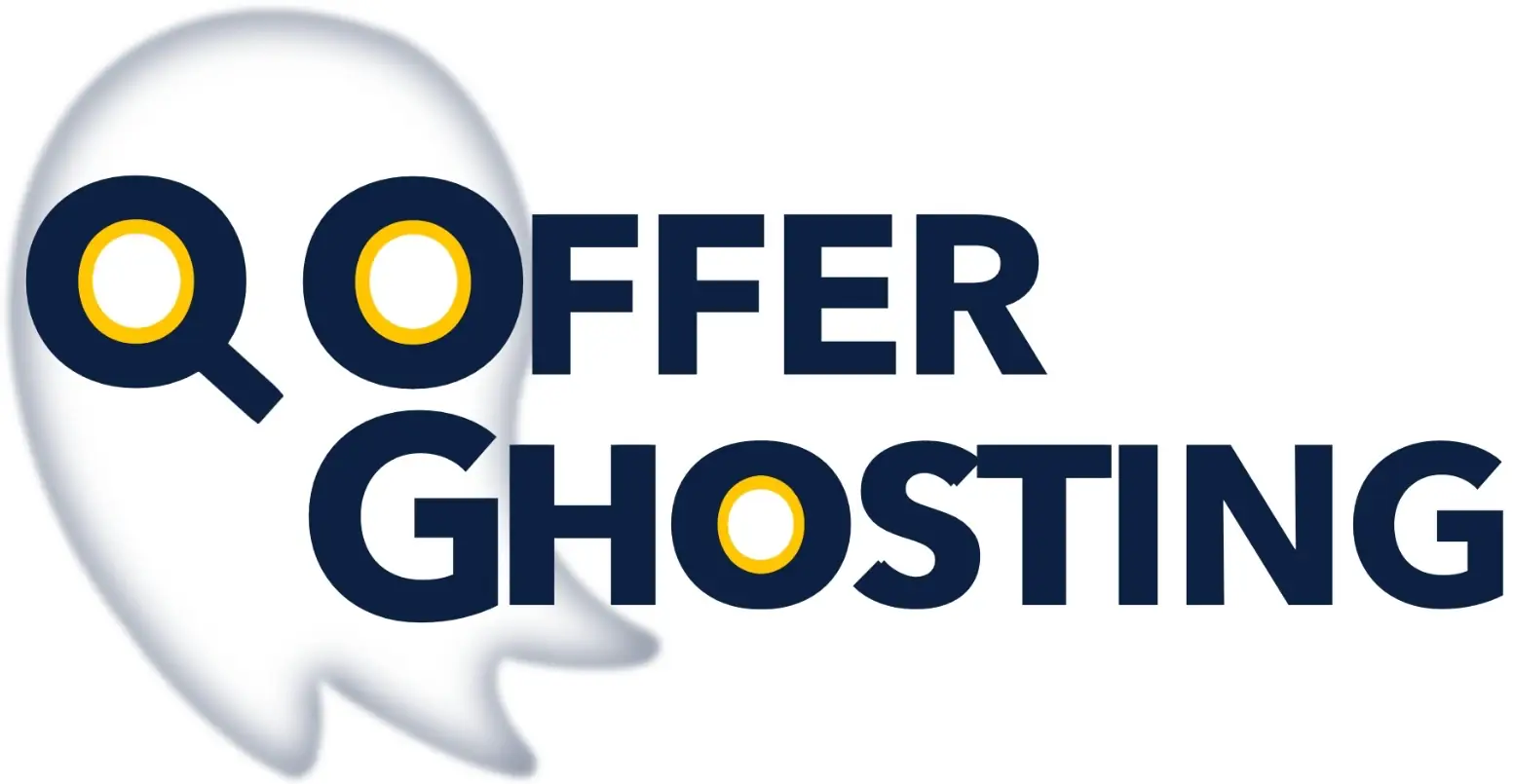Encrypting Report Ghosting Data
3: Encrypting ‘Report Ghosting’ Data
Encrypting ‘Report Ghosting’ data before it is sent to our servers is a critical step in protecting the privacy and integrity of the information. This step involves using the `pluginKey` provided in your account to encrypt the data according to the AES-CBC encryption standard. Below is a detailed guide on how to perform this encryption process.
3.1 Required Tools and Libraries
For this process, you will need access to cryptographic functions that support AES-CBC encryption. If you are using JavaScript in a Node.js environment, the built-in `crypto` module will suffice. For browsers, the Web Crypto API provides the necessary functionality.
3.2 Encryption Process
The encryption process involves several key steps:
1. **Prepare the Data**:
Format the data you wish to encrypt as a JSON object. This object should contain all the necessary information related to the ‘Report Ghosting’ incident.
2. **Stringify the JSON Object**:
Convert the JSON object into a string using `JSON.stringify()` since the encryption functions operate on string or byte data.
3. **Generate an Initialization Vector (IV)**:
For AES-CBC encryption, an IV is required. The IV should be randomly generated for each encryption operation to ensure security. The IV length should be 16 bytes (128 bits).
4. **Encrypt the Data**:
Use the `pluginKey` and the IV to encrypt the stringified JSON data. The encrypted data should then be combined with the IV for transmission, as the IV will be needed for decryption.
5. **Encode the Encrypted Data**:
Encode the combined encrypted data and IV as a base64 string for easy transmission over HTTP.
